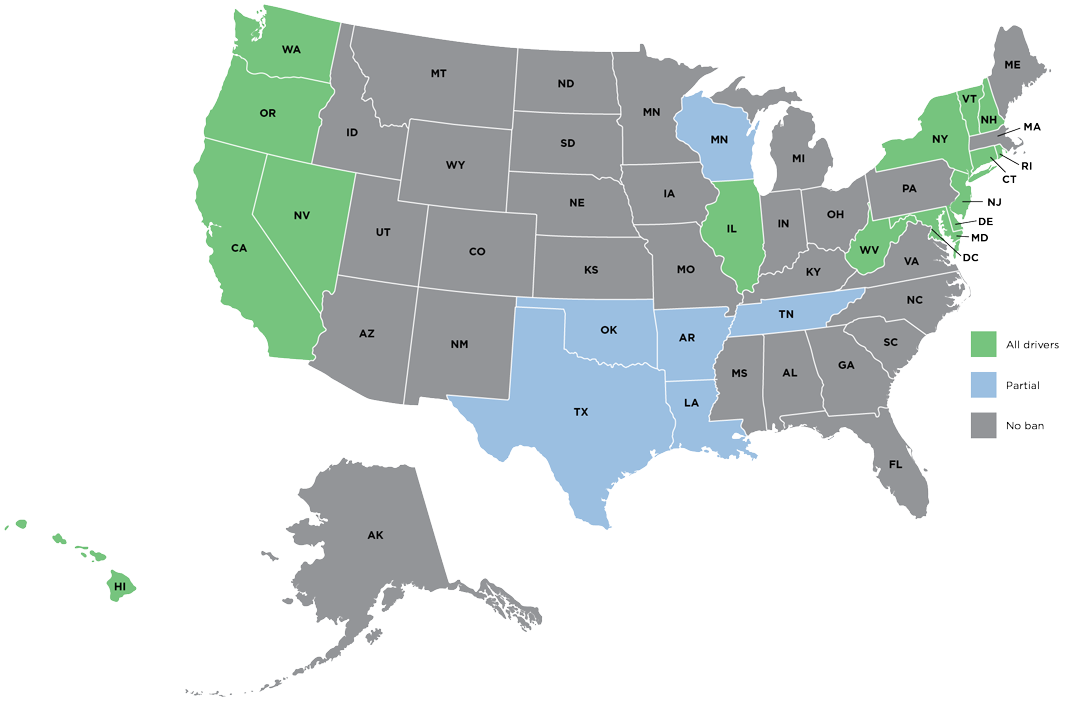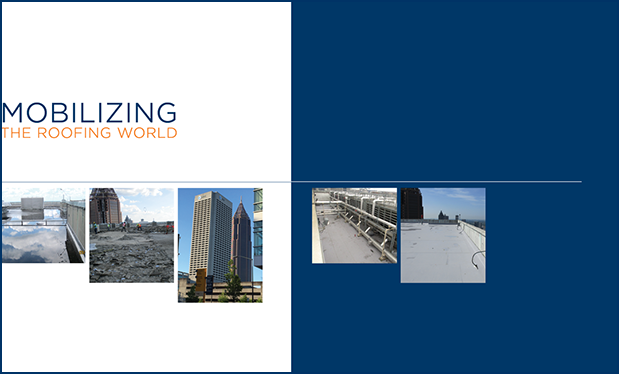Millions of workers face motor vehicle traffic hazards every day as operators, passengers and/or pedestrians. For operators of large commercial vehicles, there are many federal safety rules and regulations that offer some protection, but what about workers who only occasionally drive company vehicles, such as pickup trucks? What protects them from common hazards while operating a vehicle for work?
The stats
According to the National Safety Council (NSC), the leading cause of workplace deaths in the U.S. is automobile crashes. Although some states have banned use of handheld cell phones while driving, NSC estimates about 25 percent of all automobile crashes involve cell phone use. With more than 90 percent of U.S. adults owning cell phones, it's not difficult to understand why there are so many crashes. Mobile devices have changed the fabric of U.S. culture. As our dependency on mobile devices becomes more prevalent, the ability for others to reach us has become increasingly easier and, unfortunately, that can lead to distractions during time spent in a motor vehicle.
To address this issue, motor vehicle companies have begun developing systems within their vehicles to assist with calls and texts, including hands-free, Bluetooth, voice-activated and voice-to-text technology and even in-vehicle Wi-Fi. But sadly, NSC figures show these hands-free options to enhance motor vehicle safety are not having the desired effect.
Remedies
So what can you do? First, consider establishing a specific policy to address cell phone usage during company hours. This policy can address a variety of issues, including specifics about individual employee cell usage, any cell phones or other electronic devices used by employees, all company vehicles used by employees, all company cell phones, and any work-related communications that occur in personal or company vehicles. It's important to establish a policy regarding usage, train your employees regarding the policy and enforce it.
Unfortunately, employees will continue to receive calls or texts they perceive as urgent and may respond to such communications while driving. Therein lies the issue: How can an employer ensure correct worker behavior?

Handheld device bans for vehicle operators in the U.S. |
As cell phone features have advanced, so, too, has the technology to disrupt the functionality of any cell phones within a vehicle. Similar to many new technologies, cell blocking originated from military applications. Devices are capable of blocking cell coverage for hundreds of feet and can fit into the palm of your hand or be installed as an app on an employee's phone.
Cell blocking units can disable a phone while it is in a motor vehicle. Key-like devices similar to the Owner Compliance Key by Try Safety First can shut down cell signals within a 5-foot radius. Cell Controls' Drive-PROTECT™ can be installed in motor vehicles, allowing remote monitoring of vehicular systems such as speed, hard braking and cell usage within the vehicle.
Other systems are more device-specific and can be set to disrupt calls and texts while motor vehicles are in motion. For example, AT&T's free DriveMode App can be installed on an employee's cell phone and shuts down calls and texts to the particular device while a vehicle is in motion. Most systems can target cell coverage while someone is in a motor vehicle, while a vehicle is moving or when an employee turns the system on with a specific phone. Regardless of the system, all devices will function when emergency calls are necessary, including 911 calls. Some systems can be set to allow communications from a small list of emergency contacts.
Insurance companies are recognizing the value of many blocking devices. Some offer premium discounts based on device use, size of a company's motor vehicle fleet and amount of vehicle usage. Many insurers even offer call or text blocking systems of their own.
Keep workers safe
Regardless of what system you choose or how you use it, it's important to understand the hazards of distracted driving and how cell phone usage contributes to vehicle accidents at work and home. Establishing a cell phone usage policy is necessary to keep workers and roadways safer.
Rich Trewyn is an NRCA director of enterprise risk management.
To read more about this topic, see "A considerable loss," July 2013 issue.
NRCA can provide additional information about cell blocking technology and help you establish a cell usage policy. For more information, contact NRCA Director of Enterprise Risk Management Rich Trewyn at rtrewyn@nrca.net or (847) 493-7575.



